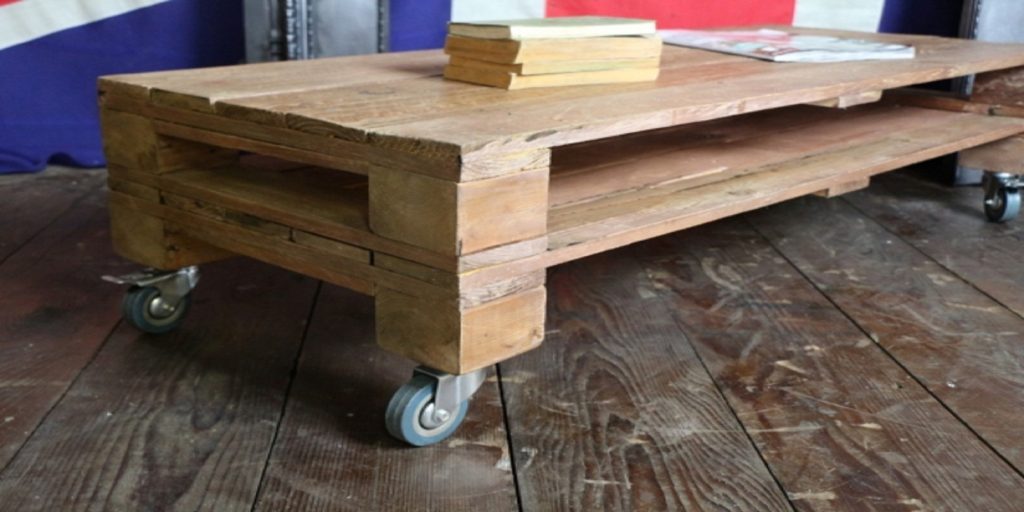When was the last time you’ve checked the pollution peaks in your region? Even if you’re playing ostrich and pretend that everything is fine, there’s no denying that our good old planet Earth is not feeling at its best right now. And no wonder, with the amount of pollutants the human race has produced! From car fumes to indoor pollutants, it’s difficult to imagine what pure and fresh air actually feels like, because we simply don’t know. More importantly, it doesn’t matter if you live in a green and rural area or in town. Air pollutants can travel, and they can affect you, wherever you are on the planet. Ouch, is the word you’re looking for because, between you and me, the fight for a sustainable home is expensive. Or is it really? Here are three ideas to create a sustainable and eco-friendly home without breaking the bank.

Repurpose what you’ve already got
If you’ve never heard of upcycling before, it’s the art of repurposing an item you’ve got, but you don’t use anymore into something new and exciting. When it comes to home decor, it’s an affordable and appealing solution to refresh your interior. More importantly, upcycling is eco-friendly as you give existing items a new life. So, you could transform an old chest of drawers into a quirky indoors garden for example. Or maybe turn that old suitcase into a side table. Take your peak and may the most creative item green up your home!
Is there such as thing as green energy?
Houses consume a lot of energy every day, which has two consequences. First, it means that you’ve got high energy bills, and secondly it has a negative impact on the wildlife and the environment. Of course, not everybody can decide to get solar panels on their roof. But what you can do is look for energy suppliers that provide smart meters and smart sensors to help you better control your energy needs and reduce your bills. Besides, you could get up to 30% off your total electricity bill with the right supplier, so it’s worth a look!
Grow your own
If you’ve got a garden, you should be looking at ways to grow your own food. As much of the food you eat has travelled through the planet to reach your home; it has generated harmful carbon emissions. By creating your own garden, you can actively reduce these emissions and ensure that your family eats healthy and organic food. Contrary to the common belief, growing your own vegetables doesn’t require a farmer’s training. In fact, all you need to do is to prepare your soil with organic material, using home-grown compact and other organic waste, as this will nourish the soil. You will need to define a watering system, but a lot of homeowners choose to do it themselves if they’re limited to a small backyard.
In conclusion, creating a great home one step at a time doesn’t sound like something that is beyond your abilities. All it takes is the dedication and effort to make it work. But as you’re saving a lot of money in the process, if you don’t do it for the planet, do it for your bank account!
This post is a collaboration and may contain relevant, relatable affiliate links. All opinions are our own and for informational purposes only.

